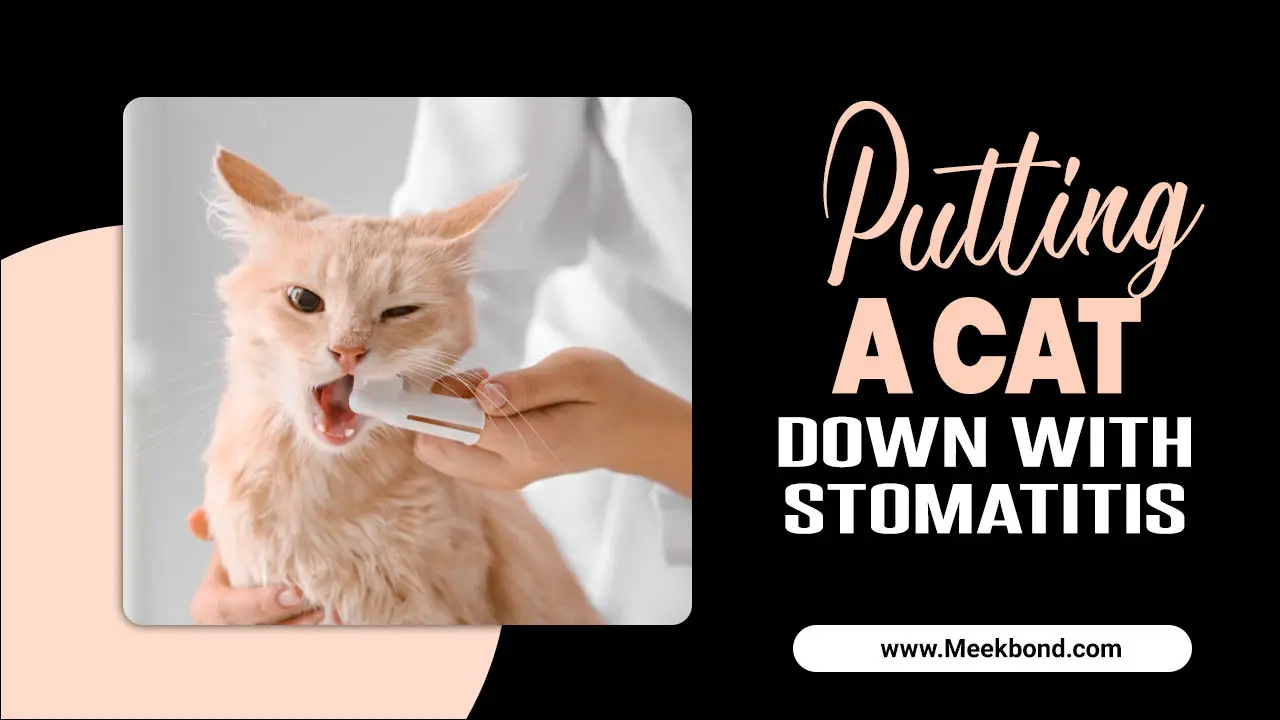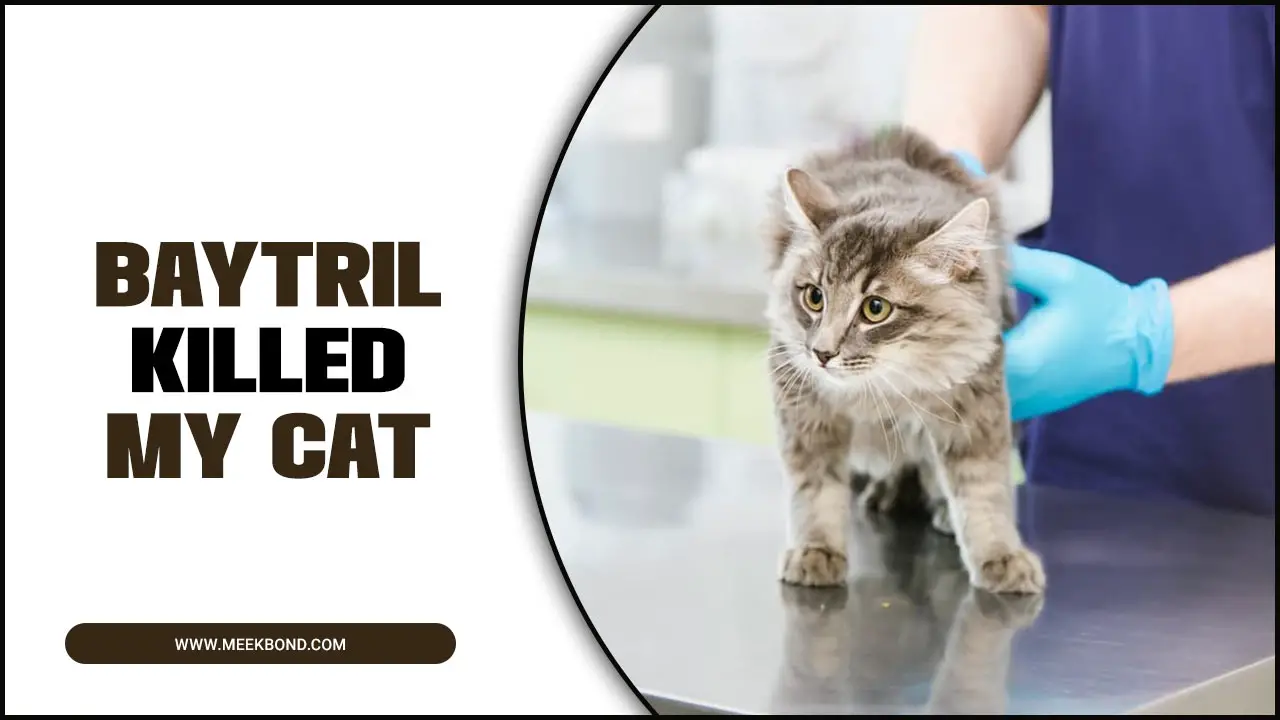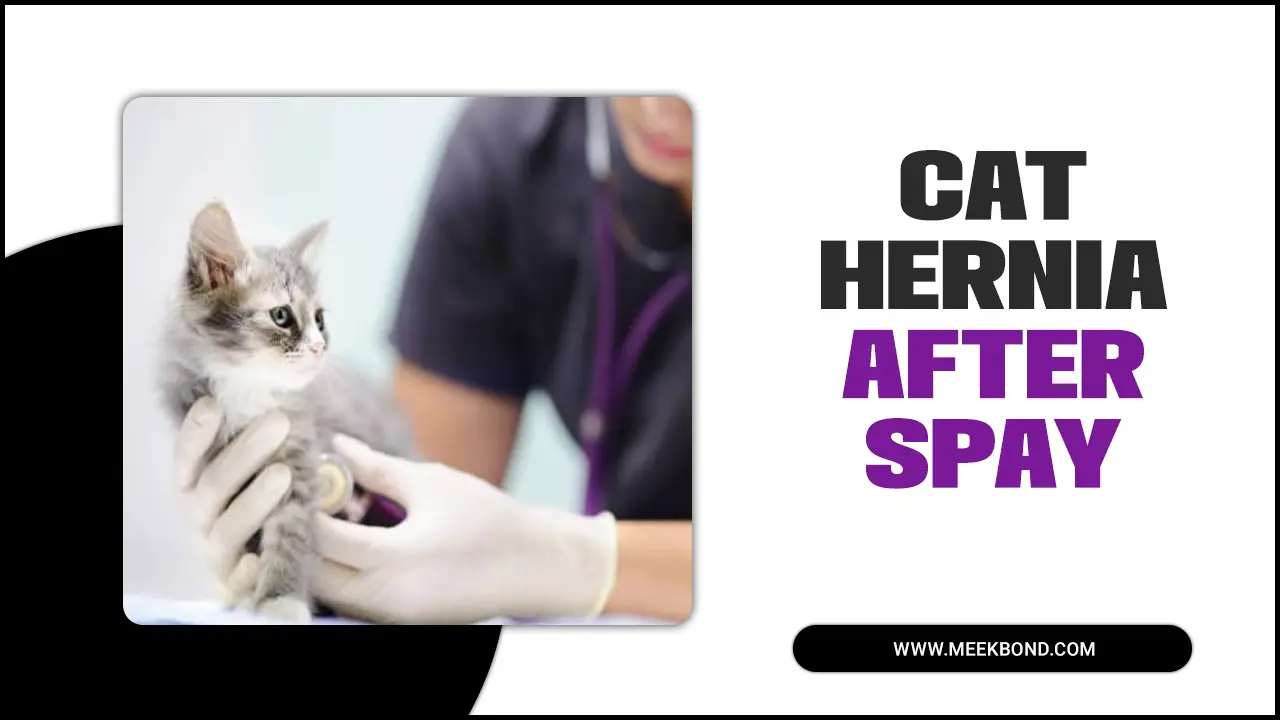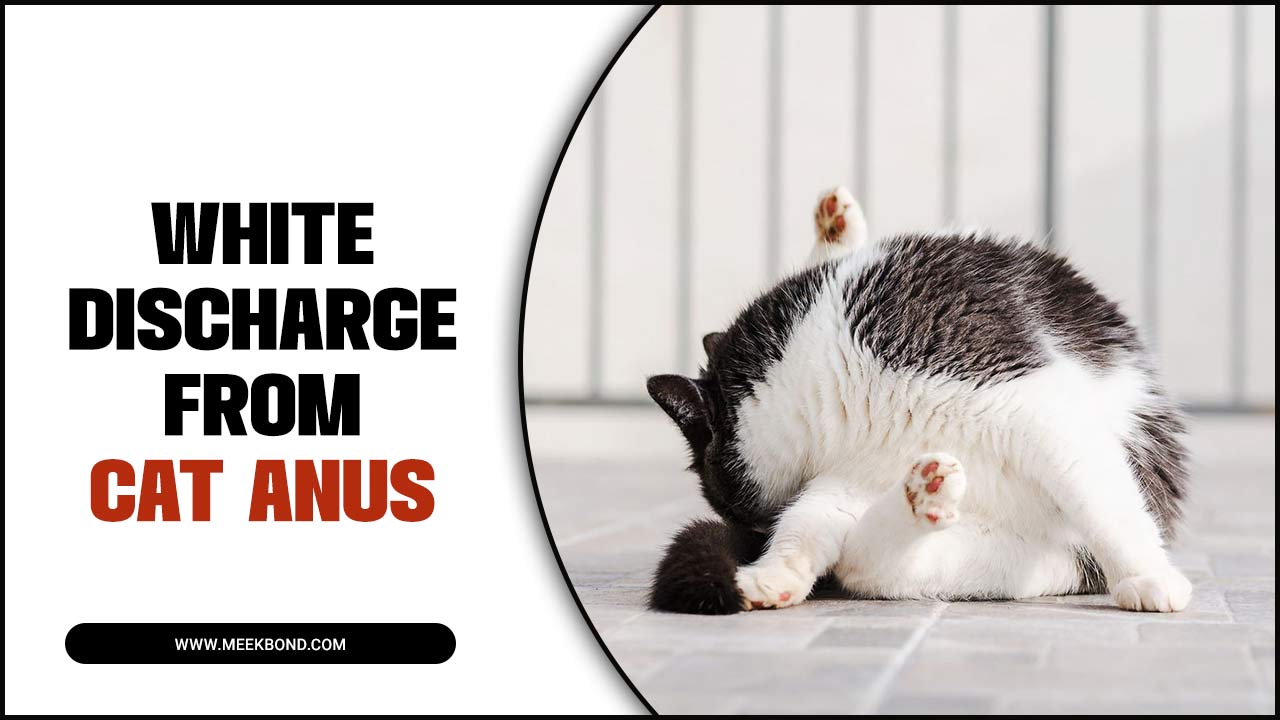The pigeon toed cat is a type of cat and domestic animals that has a distinctive deformity, which is the result of the same-named problem. The condition causes a kitten’s toes to curve inwards at the end instead of curving outwards like other cats’ paws.
In most cases, the kitten does not experience problems, and people may mistake it for a normal kitten. Kitty’s back legs look a little odd. Like they’re pigeon-toed. Is this something to worry about? There’s a good chance that this is nothing to worry about. As cats age, their feet may start to look slightly different. But ageing generally causes these normal changes.
However, seeing a vet for a check-up is always a good idea if you’re concerned about your cat’s health. It will cover everything you need to know about pigeon toes in cats and the possible consequences of having them.
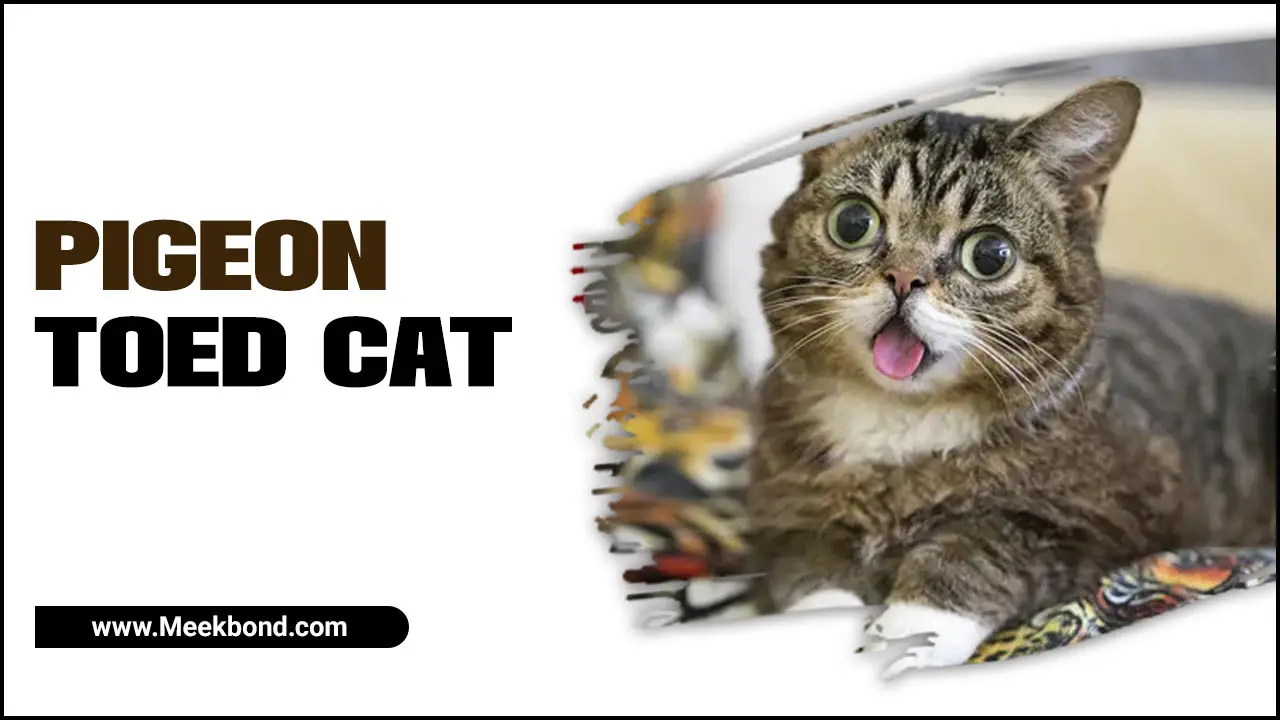
The Term Of ‘Pigeon Toed’ Meaning
The infra-orbital process of the frontal bone forms the most prominent and continuous suture with that of adjacent bones in most mammals. However, in some species, such as cats and dogs, it ends abruptly just before meeting the orbital margin or is otherwise abrupt (i.e., not extending fully across); this condition is known as “pigeon-toed” kitten cats or dog puppies, respectively.
Cats may also have a more severe and characteristic version of this malformation. A slightly concave curve would run up the cheek side and perpendicular to the manifest frontal process. While in dogs, we can observe an incompletely erupted or non-palatalized extra digit (usually small), always inward curving.
The pigeon toe phenomenon has been reported also in other species, such as cows. We noticed that cattle exhibit “risers” on their front left legs. Intracardiac feline cardiac lesions resulting from this malformation are also common in cats. It can result in congestive heart failure or pulmonary edema, both of which are associated with possible sudden death.
Causes Of Pigeon Toe In Cats
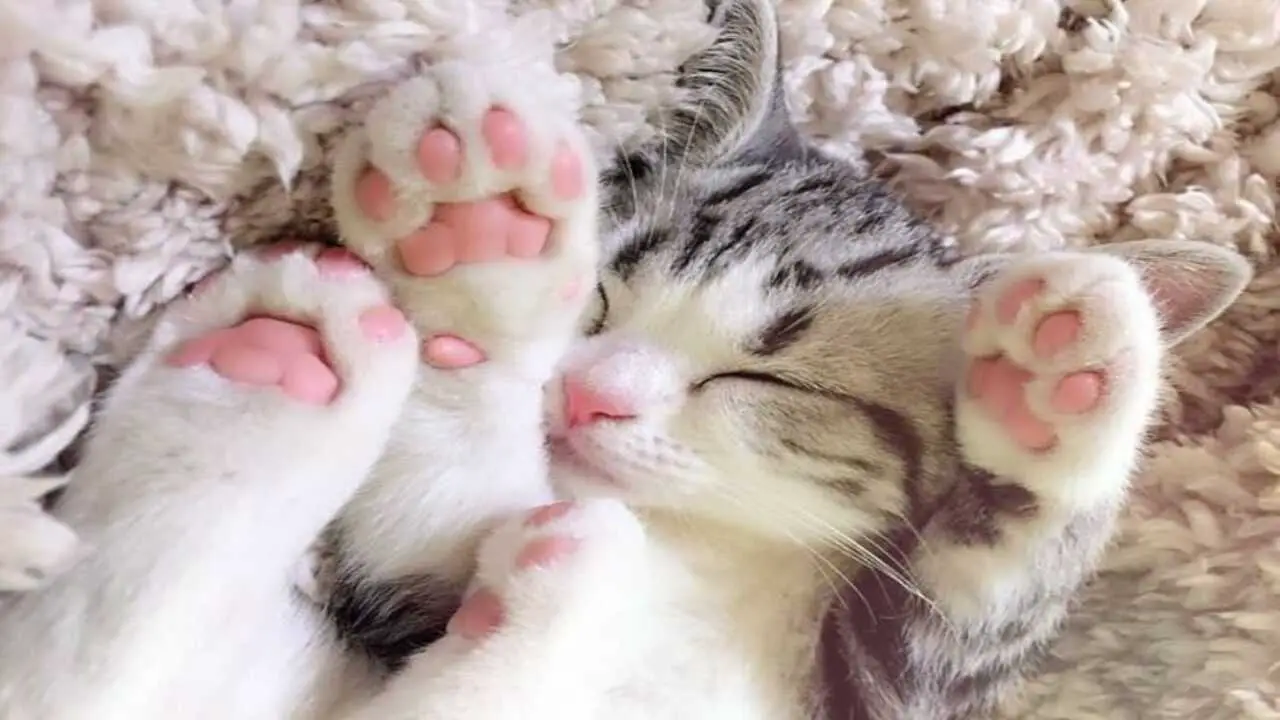
Pigeon toe, or metatarsus varus, is a condition where a cat’s paws turn inward instead of pointing straight ahead. It is important to consult with a veterinarian if you notice that your cat has pigeon toe, as they can determine the underlying cause and recommend appropriate treatment options. There are several potential causes of pigeon toe in cats, including:
- Genetics: Some cats may be predisposed to develop pigeon toe due to their genetics.
- Injury Or Trauma: A cat may develop pigeon toe due to an injury or trauma to the leg or paw.
- Muscular Imbalances: Imbalances in the muscles and tendons that control the movement of the cat’s paws can lead to pigeon toe.
- Neurological Conditions: Certain neurological conditions can affect a cat’s coordination and cause them to develop pigeon toe.
Symptoms And Signs Of Pigeon Toe In Cats
Pigeon toe, also known as inward rotation or metatarsus varus, is a condition in which a cat’s hind paws turn inward instead of pointing straight ahead. This can result in an abnormal gait or walking pattern and may cause difficulty for the cat when jumping or climbing.
Additionally, cats with pigeon toes may develop calluses or sores on their paw pads due to the abnormal pressure placed on them. Uneven wear on the nails and difficulty maintaining balance may also be signs of this condition. If you suspect that your cat has pigeon toe, it is recommended to consult with a veterinarian for proper diagnosis and treatment options.
- Inward rotation of the hind paws
- Abnormal gait or walking pattern
- Difficulty jumping or climbing
- Development of calluses or sores on the paw pads
- Uneven wear on the nails
- Difficulty maintaining balance
Are There Any Females Who Don’t Stand Pigeon Toed Cat?
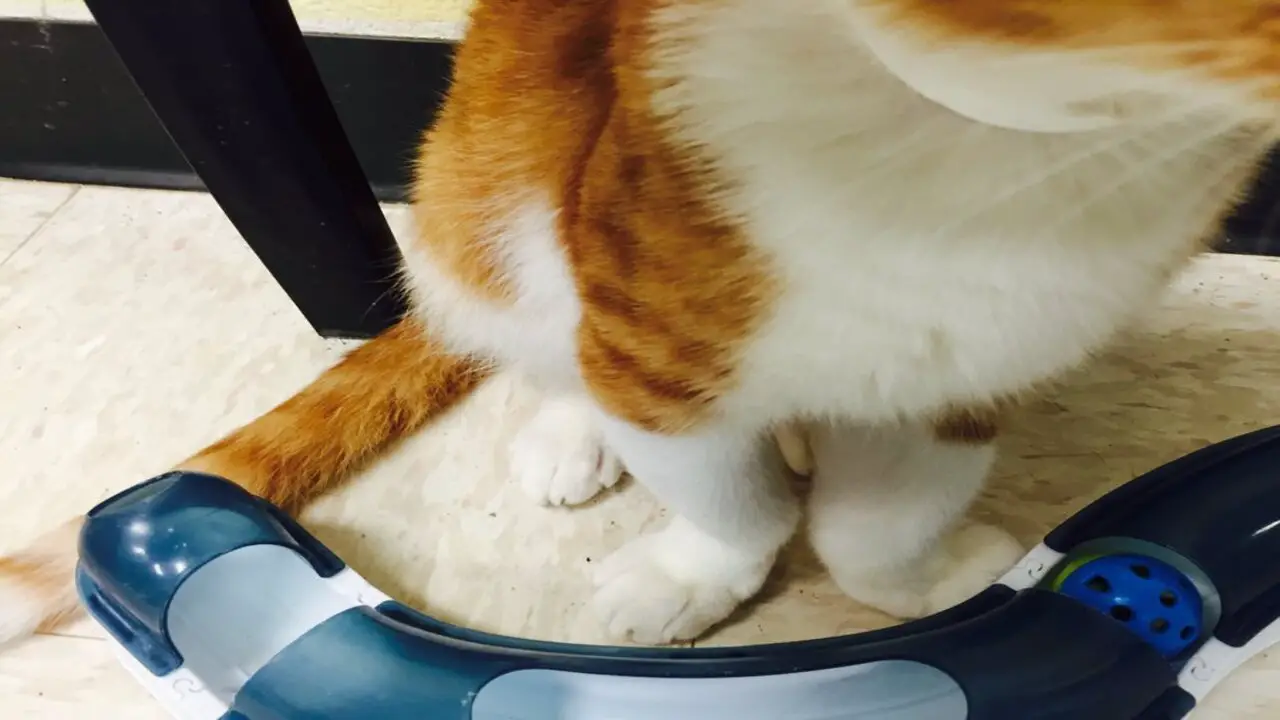
Female cats not standing pigeon-toed are considered more normal and “like having extra toes.” Many breeder quality make use of this fact for marketing purposes. The large genetic contribution (roughly 0.5) by males towards the formation of abnormal feet in many breeds may lead to a couple of hundred kittens with abnormality but only one or two that show no effects.
Consequently, all kittens born without any apparent external defects are officially termed as “bred by mating a normal male with a pigeon-toeing female.” The effect of assortative mating for the x-linked gene on the manifestation is less frequent in females but does occur. They tend to have more markers on their Kitten pedigrees than those bred from carrier parents have shown.
In 2013, 18% of Finnish cats had a marker for this condition. The probability that the predicted breeding pair will be at least half carrier is (28%). The trait has occurred in fanciers for some years. Many of these sports cats miss part or all of the posterior toes. So, the effect on their feet may not be observable until they are two years old.
On the other hand, some geneticists speculate that once common domestic strains of African types have derived many commercial cat breeds with round toes (such as Tibetan cats and Manx). These races probably had longer legs than their contemporary European populations. This may explain why they tend to be tailless (such as Munchkins).
Why Do My Cats Back Feet Point Out?
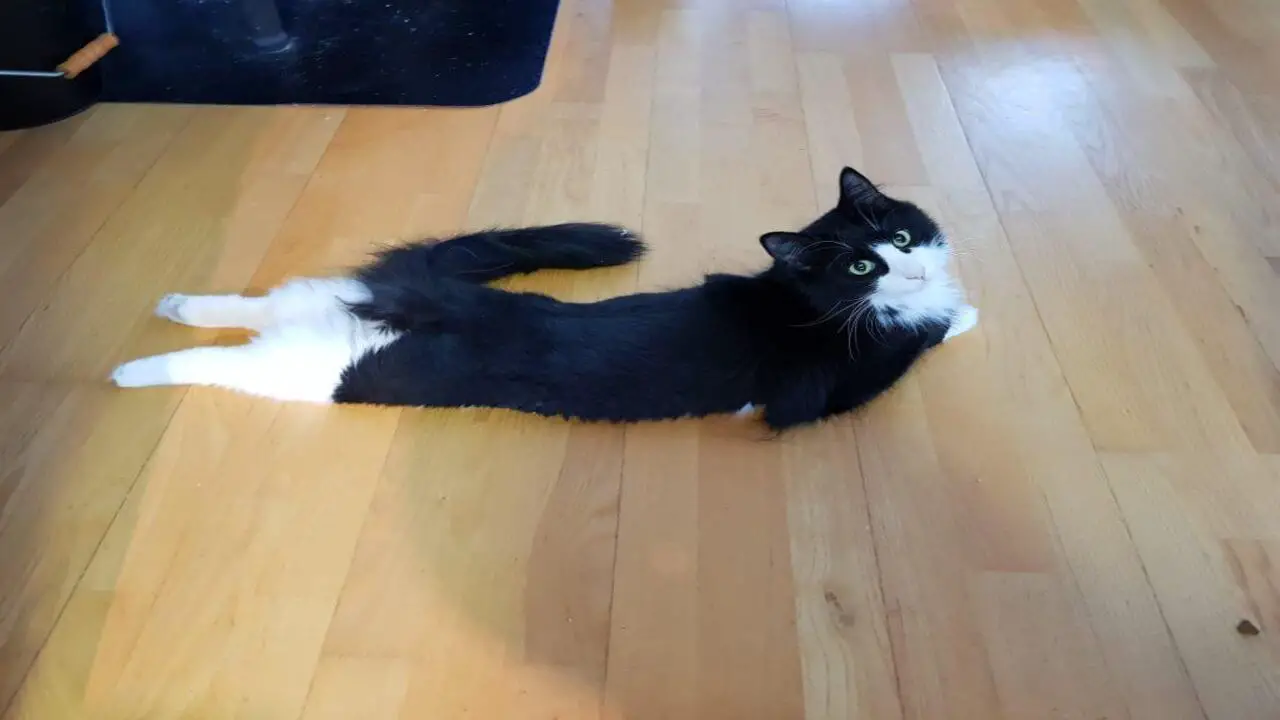
In about 10% of cats, the toes point outward instead of down vertically into a round or “squashed” appearance. This is common in Toy breeds and mixes but may happen in some breeds. Especially short-haired ones that carry this recessive gene even though they are solid black coat colour with no visible white markings.
The presumed feature for this anatomical defect has been speculated to be an adaptation for prediction by dipping their sole into the water and, while hunting, swiping out with feet to catch prey. A similar adaptation may account for the ability of African wildcats such as servals, caracals, and cheetahs on land.
Why Is My Kitten Bow Legged?
It is an extremely common occurrence that kittens are born with bowed legs. Even cats of the same litter can see this. It most commonly occurs in litters of four to five kittens due to umbilical problems during birth and premature birth.
If your cat shows any signs of this problem before six months old (usually long before), you should take them for x-rays and ultrasound studies besides blood tests, which can rule out anything else organic at that time. It is impossible to confirm the cause of this problem.
It should be noted, however, that after seven months, turning around may still not reveal any definitive evidence as there are no x-rays or scans that can indicate if the bone has grown back in properly.
Even many years later, during adulthood, running, jumping, and playing cat games with their dogs look normal. So, diagnosing an owner on vet fees alone would prevent owners’ experience from making a swift conclusion.
What Does It Mean When My Kitten’s Tail Starts To Curve?
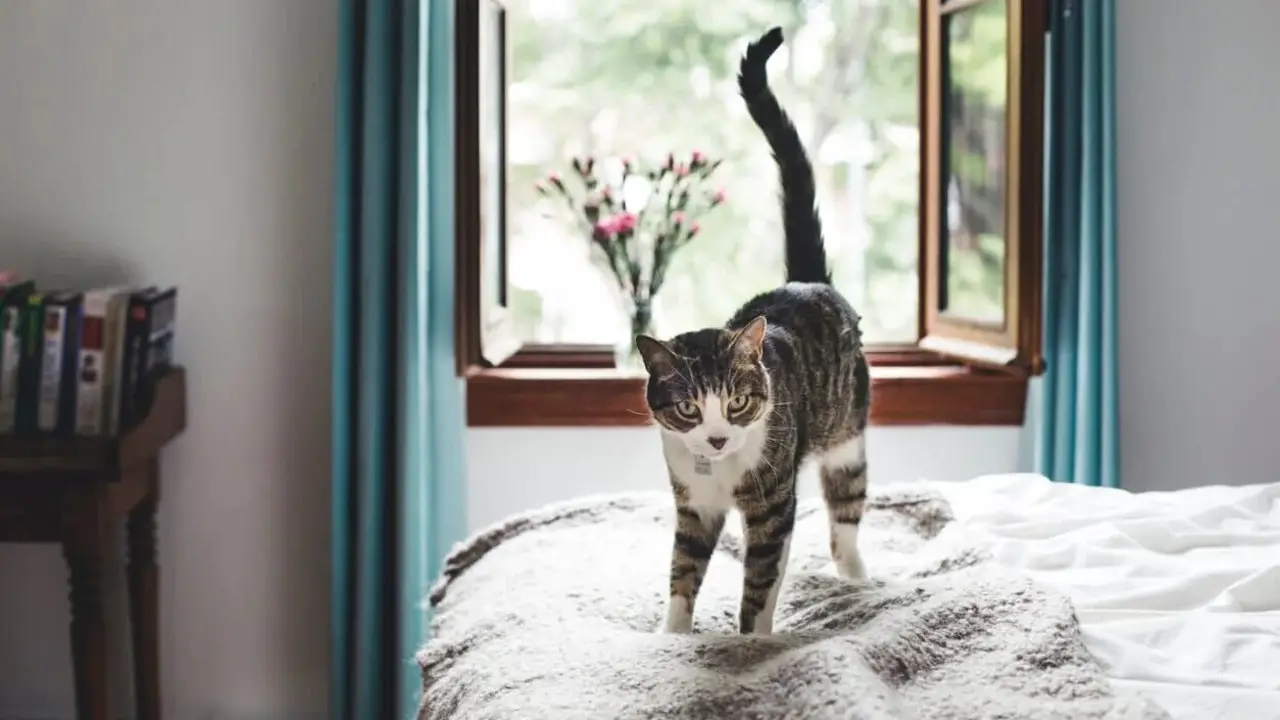
When a kitten’s tail starts to curve, it can indicate various things. In some cases, it may simply be a natural variation in the shape of their tail and not necessarily indicative of any health or behavioral issues. However, a curved tail could be a sign of injury or illness in other instances.
Observing your kitten’s behavior and overall health is important to determine if any accompanying symptoms warrant a visit to the veterinarian. Additionally, a curved tail can also be an expression of emotion or communication from your kitten.
They may curve their tail in response to feeling scared, threatened, or excited. By paying attention to your kitten’s body language and overall well-being, you can better understand what their curved tail may be trying to convey.
Why Is My Cat Knock Kneed?
A cat becomes knock-kneed due to medial patellar luxation, one of the most common reasons. Suppose your cat’s rear feet are relaxed and flat, which could result from walking on hard surfaces or dragging their paws behind them. They may also develop knee deformity, especially if they are over six months old. Knee arthritis can occur later in life due to complications associated with muscle damage due to calcification disease caused by wearing crocidolite in jeans.
The simple cure is to keep the feet flexible between coat baths. Grass trimming affecting coat quality without hard surfaces or rough pavement underfoot can help. If there are signs of arthritis already present, you may wish to consult your vet.
Why Is My Cat Walking Funny On His Back Legs?
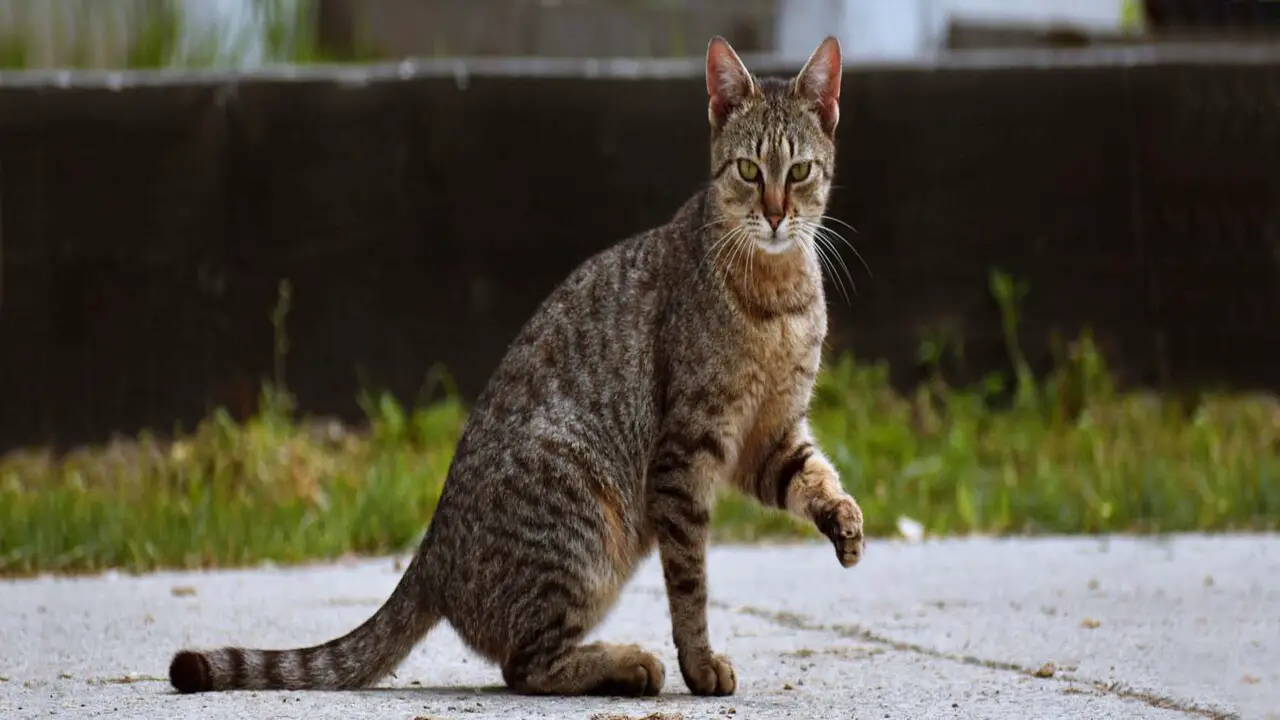
Suppose you notice that your cat is walking funny on his back legs. It could be a sign of a medical issue. There are several reasons why your cat may be experiencing difficulty with his hind legs, including arthritis, injury, or neurological disorders. Arthritis can cause stiffness and joint pain, making walking difficult for your cat. Injuries such as fractures or muscle strains can also affect your cat’s ability to walk properly.
Neurological disorders, such as spinal cord problems or nerve damage. It can disrupt the signals between the brain and the legs. This leads to abnormal movements if you notice changes in your cat’s gait or behavior. Consulting with a veterinarian for a proper diagnosis and treatment plan is important.
My Kitty’s Back Legs Are Pigeon-Toed, Will This Lead To Future Health Issues?
It is not uncommon for cats to have pigeon-toed back legs in most cases. It does not lead to future health issues. Pigeon-toed back legs, also known as tibial torsion or tibial varus, occur when the bones in the lower leg twist slightly inward, causing the feet to point inward instead of straight ahead. While this condition may affect a cat’s gait, it typically does not cause any pain or discomfort.
In rare cases with severe torsion, it may lead to joint problems or arthritis later in life. However, most cats with pigeon-toed back legs lead normal and healthy lives without any significant health issues related to this condition. Suppose you are concerned about your kitty’s leg alignment. It is always best to consult your veterinarian for a proper evaluation and guidance.
Treatment Options For Pigeon Toe In Cats
If you notice that your cat has pigeon toes, it is important to understand the treatment options available. Pigeon toe, also known as medial patellar luxation. It is a condition where a cat’s knees turn inward instead of being straight. This can lead to discomfort and difficulty walking for your feline friend. Treatment options for pigeon toe in cats can include:
- Physical Therapy And Exercise: Gentle stretching exercises and physical therapy techniques can help improve your cat’s range of motion and strengthen their muscles.
- Orthopedic Devices: In some cases, your veterinarian may recommend using orthopaedic devices such as braces or splints to help correct the alignment of your cat’s knees.
- Surgical Intervention: In severe cases, surgery may be necessary to correct the alignment of your cat’s knees and provide them with long-term relief.
It is important to consult your veterinarian to determine the best course of action for treating your cat’s pigeon toe. They will be able to assess the severity of the condition and recommend appropriate treatment options based on your cat’s specific needs.
Tips For Caring For A Pigeon Toed Cat At Home
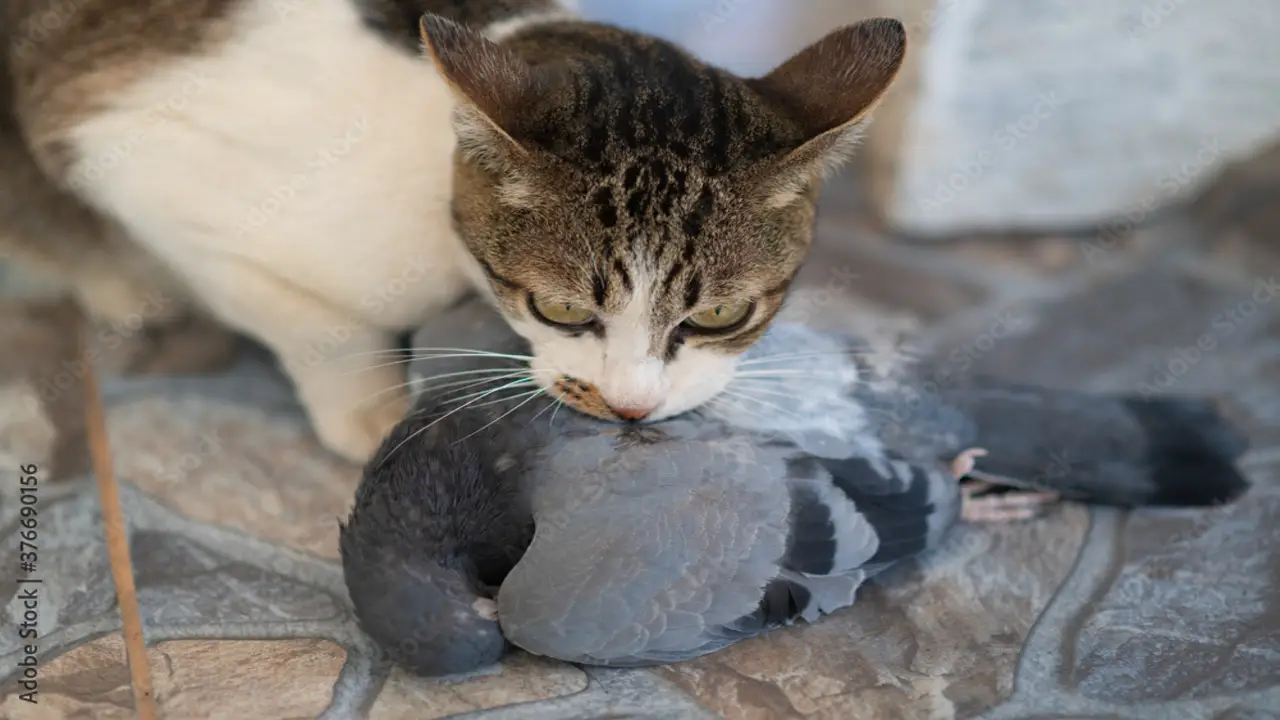
Caring for a pigeon-toed cat at home may require extra attention and care. But it is definitely possible to provide them with a comfortable and happy life. By following these tips and working closely with your veterinarian, you can ensure that your pigeon-toed cat receives the proper care and support they need to live a happy and healthy life at home. Here are some tips to help you care for your pigeon-toed cat:
Provide a safe and comfortable environment: Ensure your home is free from any obstacles or hazards that could cause your cat to trip or injure themselves. Consider providing soft surfaces for them to walk on, such as rugs or carpeting.
- Monitor Their Mobility: Keep an eye on your cat’s mobility and watch for any signs of discomfort or difficulty moving. If you notice any issues, consult your veterinarian for guidance on best supporting their mobility.
- Regular Exercise: Engage your cat in regular exercise to help strengthen their muscles and improve their coordination. Play with them using toys that encourage movement, or consider setting up a safe indoor space where they can climb and explore.
- Consult With A Veterinarian: It is important to consult with a veterinarian who can assess your cat’s specific condition and provide appropriate guidance and treatment options. They may recommend physical therapy exercises or other interventions to help improve your cat’s condition.
Preventive Measures To Reduce The Risk Of Pigeon Toe In Cats
Preventing pigeon toes in cats is important for their overall health and well-being. Several measures can be taken to reduce the risk of this condition. Firstly, it is crucial to provide proper nutrition to ensure healthy bone and muscle development. Feeding a balanced diet with essential nutrients can support strong bones and muscles, reducing the chances of developing pigeon toe.
Additionally, regular exercise and playtime can help strengthen the cat’s muscles and promote proper alignment of their limbs. It is also important to monitor your cat’s growth and development, as early detection of any abnormalities can lead to timely intervention and treatment.
Finally, providing a safe environment for your cat to explore and play can prevent accidents or injuries that may contribute to the development of pigeon toe. Taking these preventive measures can help reduce the risk of pigeon toe in your feline friend and promote their overall health and happiness.
Conclusion
The pigeon toed cat is a small, furry animal that lives in Africa. The name comes from the two toes on each of its front paws. While this animal type may have floppy paws, it is a perfectly healthy cat. Because of its size, the pigeon cat does not have much it needs to do all day anyway.
Like most cat owners, you’ve probably noticed that your feline friend’s back legs are a little pigeon-toed. What does this mean for your cat’s health? Knowing the signs, causes, and treatment of pigeon-toed feet is important to make the best decision for their well-being. It will cover everything you need about pigeon-toed feet, from the basics to more advanced topics.
FAQs
1.Can Pigeon Toed Be Corrected?
Ans: Pigeon-toed is a condition where a cat’s paws turn inward instead of pointing straight ahead. In most cases, the condition is caused by a misalignment of the cat’s legs and feet bones. In severe cases, this misalignment can be corrected through various treatments, such as physical therapy, specialized exercises, or even surgery.
2.Is Pigeon Toed A Disability?
Ans: Pigeon-toed in cats is not considered a disability. It is a common condition where the cat’s paws turn inward instead of being straight. While it may affect their gait and balance, most cats with pigeon toes can live normal, healthy lives without any major limitations.
3.What Is Pigeon Toed A Symptom Of?
Ans: Pigeon toed, or metatarsus varus, is a condition in which a cat’s feet turn inward instead of pointing forward. While pigeon-toed itself is not a symptom of an underlying health issue. It can be a sign of an anatomical abnormality or developmental problem.
4.Why Do Cats Only Have 4 Back Toes?
Ans: Cats only have four back toes because it is a characteristic of their anatomy. Unlike humans, who typically have five toes on each foot, cats have evolved to have only four toes on their back feet. This is due to the structure of their hind legs and the way they walk and run.
5.At What Age Do You Correct Pigeon Toe?
Ans: Correcting the pigeon toe in a cat is typically done when they are still young, usually between 4 and 6 months of age. At this stage, their bones and joints are still growing and developing, making correcting any alignment issues easier.

Aquarium passion is all about connecting with the aquatic life and providing education to the public on the importance of these creatures. We showcase a wide variety of marine life through our exhibits as well as working with schools to provide unique learning opportunities for students of all ages.

